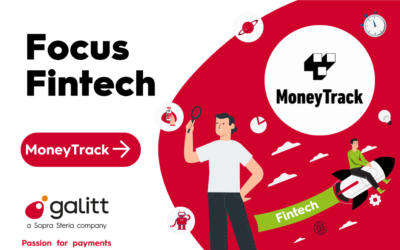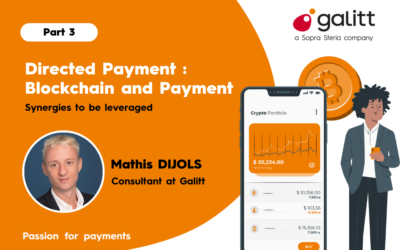Open Banking: forecasts for 2022
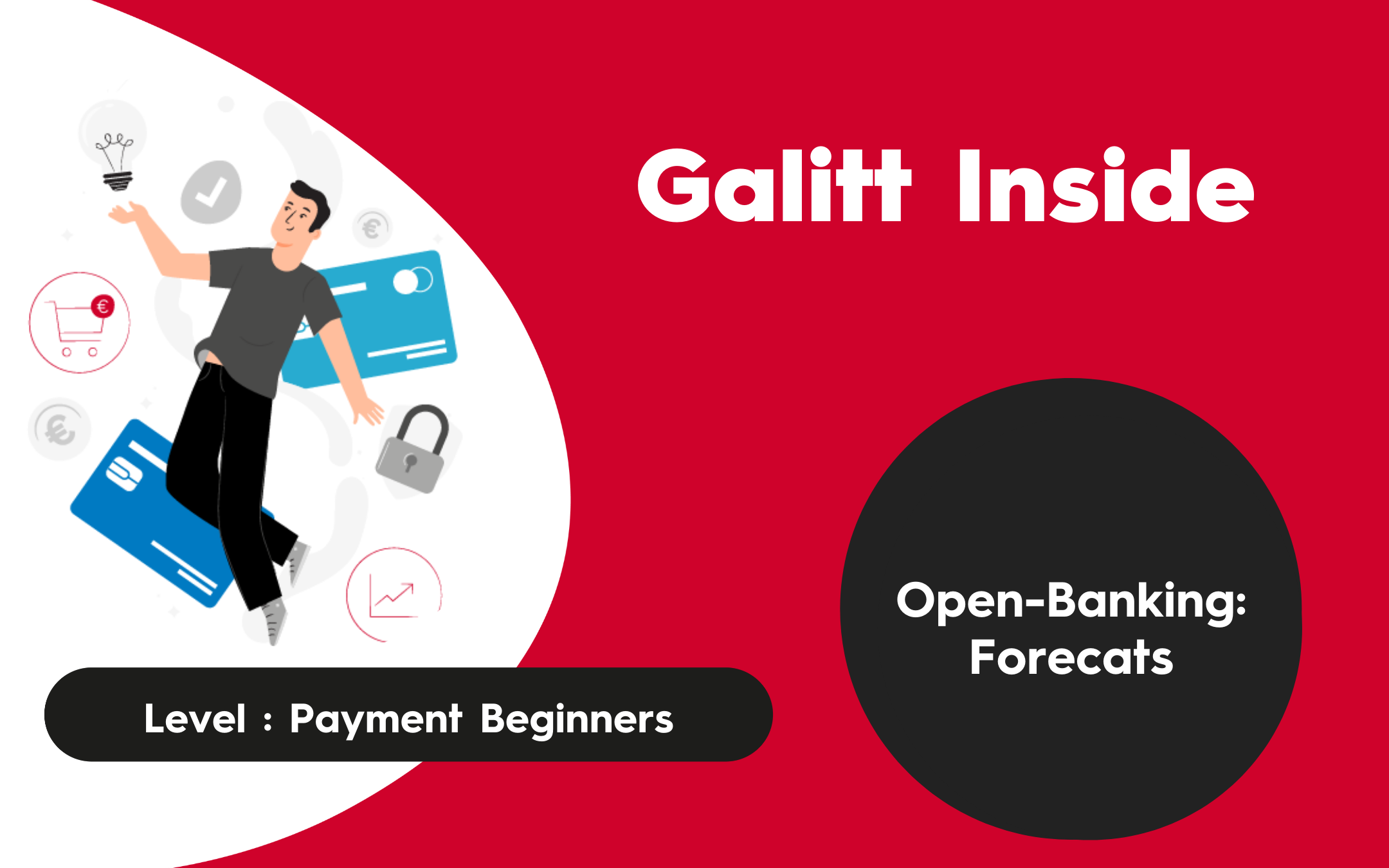
Open Banking is a subject that has been trying for a little more than 3 years to impose itself as the new way of managing financial flows. As a reminder, Open Banking refers to the opening of these flows to other actors than traditional banks, suggesting many new possibilities. After a few years of slight growth, some players think that 2022 could be the year when Open Banking will really impose itself.
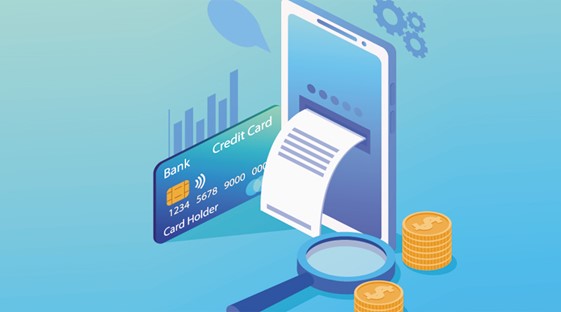
Credits : Le nouvel Economiste
Different consumer expectations
One of the elements leading us to believe in this development is the change in consumer behavior. Historically accustomed to having to go to a physical branch to get information on financial products, their way of “consuming” financial services has changed drastically in a few years.
The digital age has played an important role in this change in consumption patterns. Like many other industries, financial services have had to adapt and start a digital transition. In other words, the goal is to create a complete, secure and fully connected service proposition.
The offer of the biggest neo-banks today respects all these rules: everything is made accessible to the consumer on a mobile application or a website. In just a few clicks, they can create a bank account without having to go through the tedious steps required to subscribe to a more traditional bank.
Beyond the ease of access to financial services, one of the new expectations of consumers is to have more access to their financial data. One of the added values of the banking and financial applications that have appeared in recent years is the fact that they offer a complete dashboard that provides a complete and up-to-date view of a consumer’s finances.
More than ever, digital banking has a bright future. As it becomes more and more a part of the consumption habits of the banked population, it could eventually become the best way to offer financial services.
What to expect from Open Banking in 2022?
There are many reasons to believe that Open Banking is well on its way to becoming an intrinsic principle of payment.
One of the areas of focus is so-called Variable Recurring Payments, or VRPs. Simply put, VRPs allow consumers to securely connect their payment service providers (PISPs) to their bank accounts. This will allow these PISPs to schedule a series of payments predefined by the consumer. This service is ultimately intended to compete with Direct Debit.
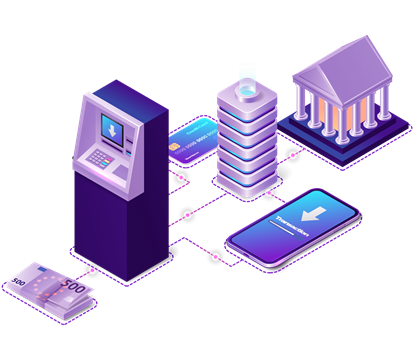
Credits : Aion Digital
Users of this kind of service will be able to automate money transfers from one account to another, all instantly in some cases with the appearance of another principle that we had already covered: Instant Payment. The combination of the two services could therefore make it possible to automate the payment of suppliers, for example, and globally to bring a real freedom in the management of finances.
Another service resulting from Open Banking is the proliferation of “Wallets” and electronic wallets. They are perfectly in line with the logic of the opening of financial flows and have become well known services for consumers. Even if their popularity still varies from country to country, still discreet in France but already well established in the UK, it is difficult not to notice their presence.
Apple Pay, Samsung Pay, Paypal… The biggest companies in the world have decided to offer their Wallet services, even if their core business is not payment. Seeing Google or Apple getting into the field of Wallets and the processing of financial flows proves the stakes attached to it.
Finally, on a more ethical note, Open Banking is one of the cornerstones of the generalization of financial inclusion throughout the world. Banking services are not necessarily accessible everywhere, as some countries and populations are underbanked. Providing access to these services via the mobile medium is one of the most important principles for the democratization of financial services. Even without infrastructure and physical branches, this population in need will benefit from the many innovations enabled by Open Banking. Projects such as M-Pesa in Africa are among the most striking, suggesting new ways to bank a population in need.
Without even realizing it, we have become accustomed to digital financial proposals. Our consumption habits are changing fast, a phenomenon that is even more visible in the younger generations who have always lived with digital technology. Open Banking has truly changed the financial world when it was first introduced, and will continue to do so in the years to come. A return to physical branches seems impossible nowadays: we will have to get used to the new ways of consuming financial products and services.


